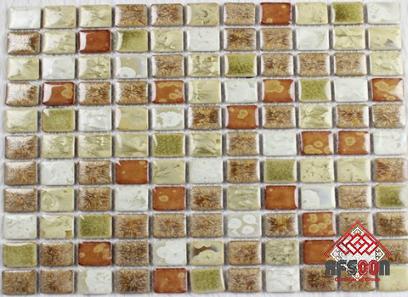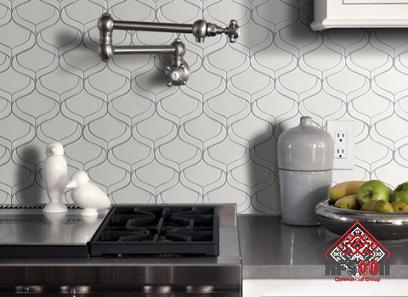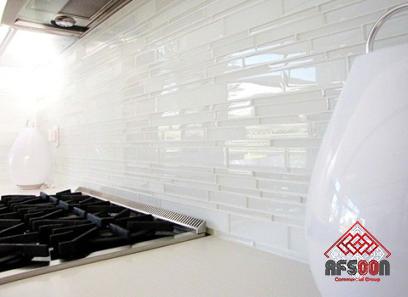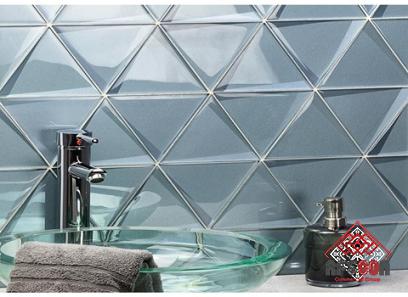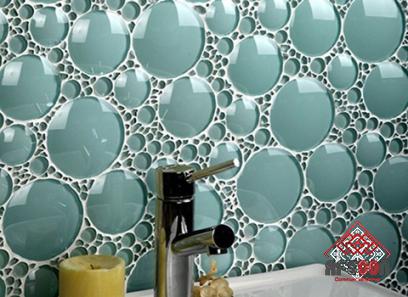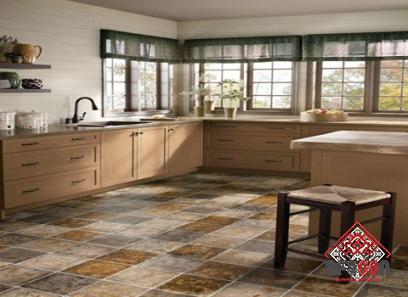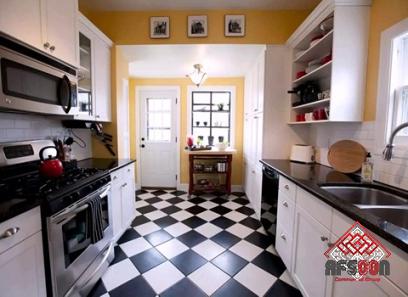How To Cut Beveled Tile
Beveled tile is the perfect solution for sprucing up a plain old wall or floor
Beveled tile, which is also commonly referred to as subway tile, is characterized by an enduring, rectangular design that is very simple to put in place by oneself
If you wish to make a beveled edge on the tile on your own or cut such things, you might be shocked to see how simple the process is
Installing beveled tiles, on the other hand, can be challenging, especially if you need to fit tiles into irregular gaps or over wall outlets
Cutting the tiles to size as you go along with the installation of them is the most efficient approach to complete the task at hand
In this method, each tile that you trim may be made to fit perfectly into the area that it will eventually occupy
Don’t worry about it, though; if you have a tile saw, the task at hand will be simple
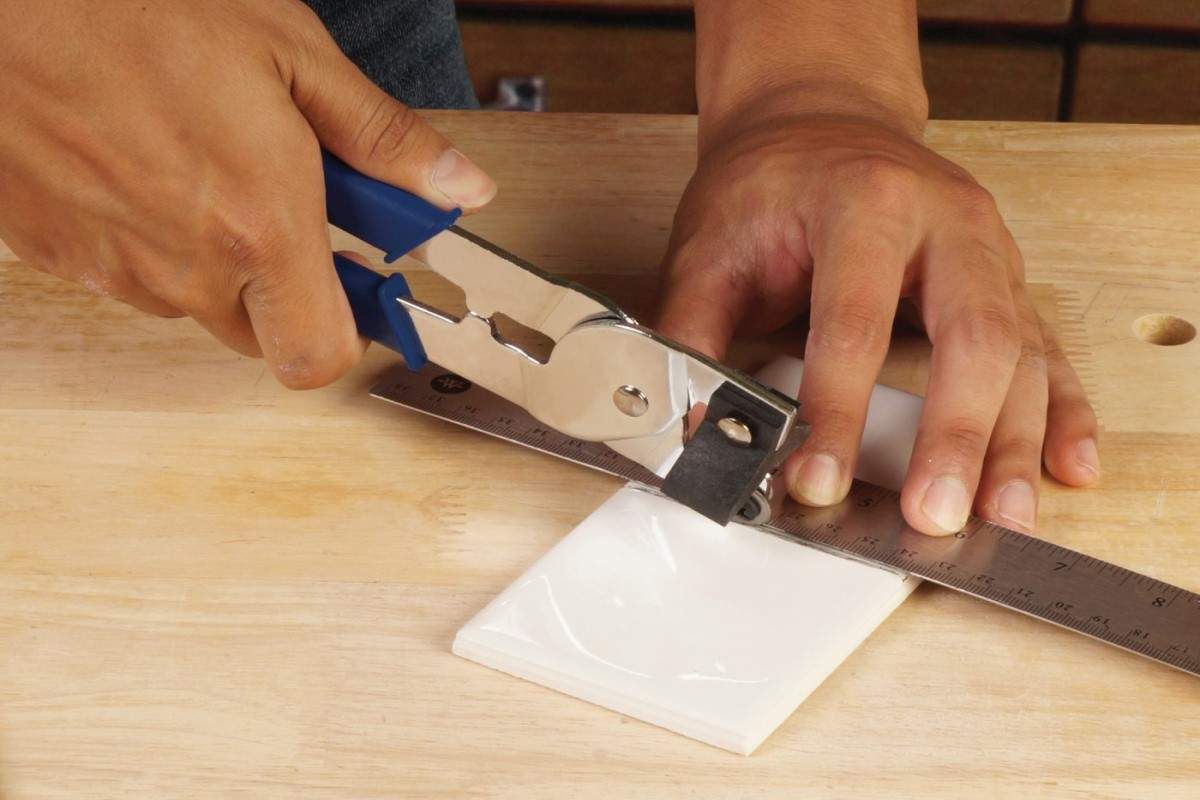
The best course of action would be to measure any open spaces as well as any electrical plugs
Take a measurement using a ruler or tape measure to calculate how much space is left to be filled when you reach the end of a wall or the distance between wall outlets
Take your measurements very seriously so that you can precisely cut your tiles
It is far simpler to take measurements and cut tiles to size as needed in order to ensure that each individual space or gap is precisely filled
Make your markings on the edge of the tile where you will cut it
You can outline the edge of the tile using a washable marker or a pencil, and this will serve as a guide for cutting the tile
Make notations on each of the tiles you intend to cut
Because the tile saw cuts in a straight line, the only thing you need to do is indicate the spot where the blade needs to be aligned
A tile saw’s cutting guide should be aligned with the cut line before it is used
A tile saw is a tool that has been specifically created for the purpose of cutting tiles
After positioning the tile so that it is lying flat on the cutting area of the tile saw, adjust the guide so that it is aligned with the cut line that you previously marked on the tile
Saws specifically designed for cutting tile can be found at most hardware and home improvement stores
There is a possibility that you could rent one for the day
Take your time and make sure the guide is aligned correctly before you cut anything cleanly

Keep in mind that porcelain or natural stone tiles are typically more durable than ceramic tiles, which tend to be more fragile
Utilizing the tile saw, cut the tile to the desired dimensions
Check that the tile is held firmly in place by the adhesive
You can cut the tile along the line that you marked by running the saw over it
After you have completed cutting the tile, take it out of the way
In the event that you do not possess a tile saw, you can score and cut the tile with a tile cutter, which is equipped with a blade
Make use of a diamond rubbing pad or a stone designed specifically for rubbing tiles
The purpose of tile rubbing stones and diamond rubbing pads is to smooth the edges of tiles
However, both of these products can also be used to create a beveled edge
The typical rubbing stone will work just fine for the task at hand, but a diamond rubbing pad has the advantages of being lightweight, lasting longer, and possibly providing a better hold on the edge of the tile
You may find tile rubbing stones and diamond rubbing pads in the part of the store that is dedicated to tile at your neighborhood hardware or home improvement retailer
Additionally, you can place your order for them online

Put some pressure on the tile while it is resting on a level surface
By setting the tile down on a flat surface like a table, you may make the work a little easier and assure that the edge will be more consistent
Put your hand on the tile, and then put some weight on top of your hand to keep it from moving
Because beveling tile can produce a significant amount of dust, you may wish to cover the surface with a sheet or a tarp in order to keep the dust contained while you work
Keep the rubbing stone or pad at a 45-degree angle to the edge of the object that you are working on
Holding your rubbing stone or rubbing pad in one hand, position it so that it is flush against the perimeter of the tile
The stone or pad should be tilted at an angle of around 45 degrees in order to produce a sloping and beveled edge on the tile
The edge of the tile can be given a beveled appearance by rubbing it
Stone or pad can be used to apply pressure on the tile’s surface
Move it back and forth down the edge of the tile while holding it at a 45-degree angle throughout the process
Carry on rubbing until you have formed an edge that is beveled and slanted uniformly
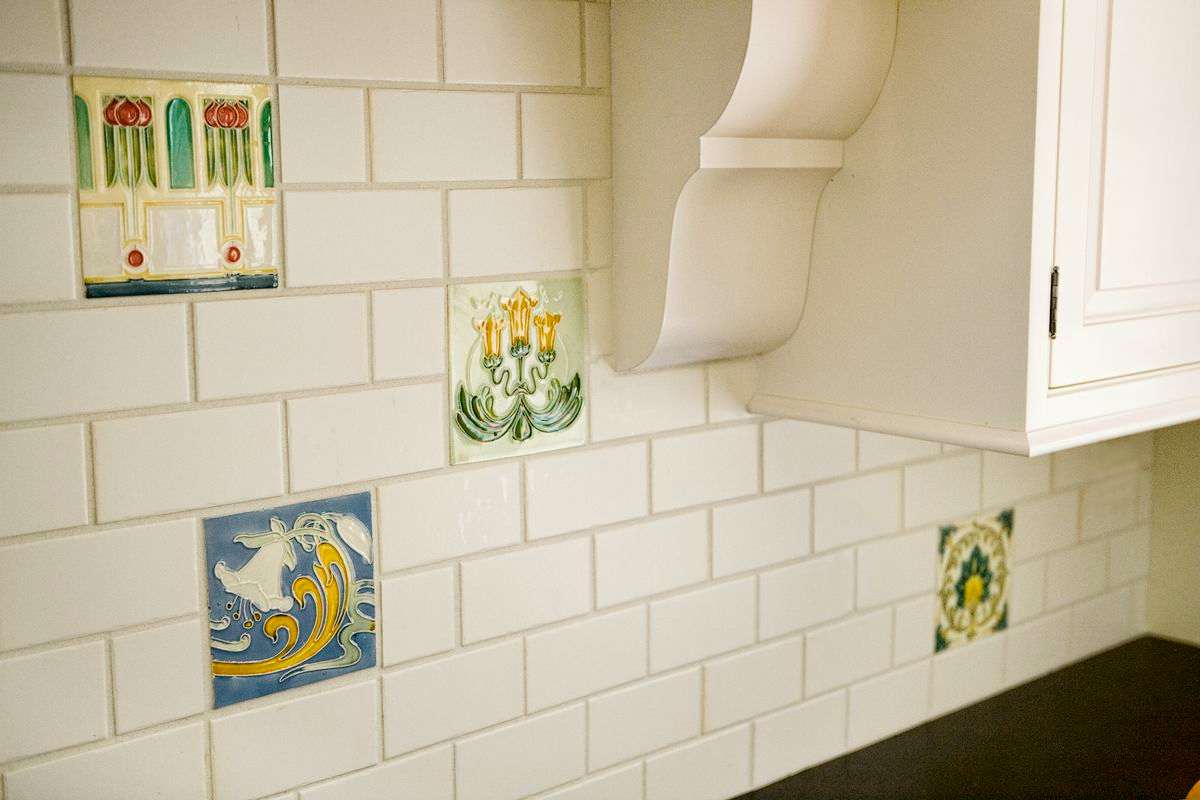
It is possible for the quantity of rubbing required to generate a beveled edge to differ from one material to another
For example, ceramic tile is significantly harder than granite tile and can withstand significantly more rubbing
Use a moist cloth to remove the dust and shavings off the surface
Take a fresh cloth and wet it all through
Squeeze off the excess, and then wipe down the tiles to collect any dust or shavings that were produced by the rubbing operation
Before you install your tiles, you want to make sure they are nice and clean
Using a tile adhesive to install them can cause particles of dirt and dust to become adhered to them

